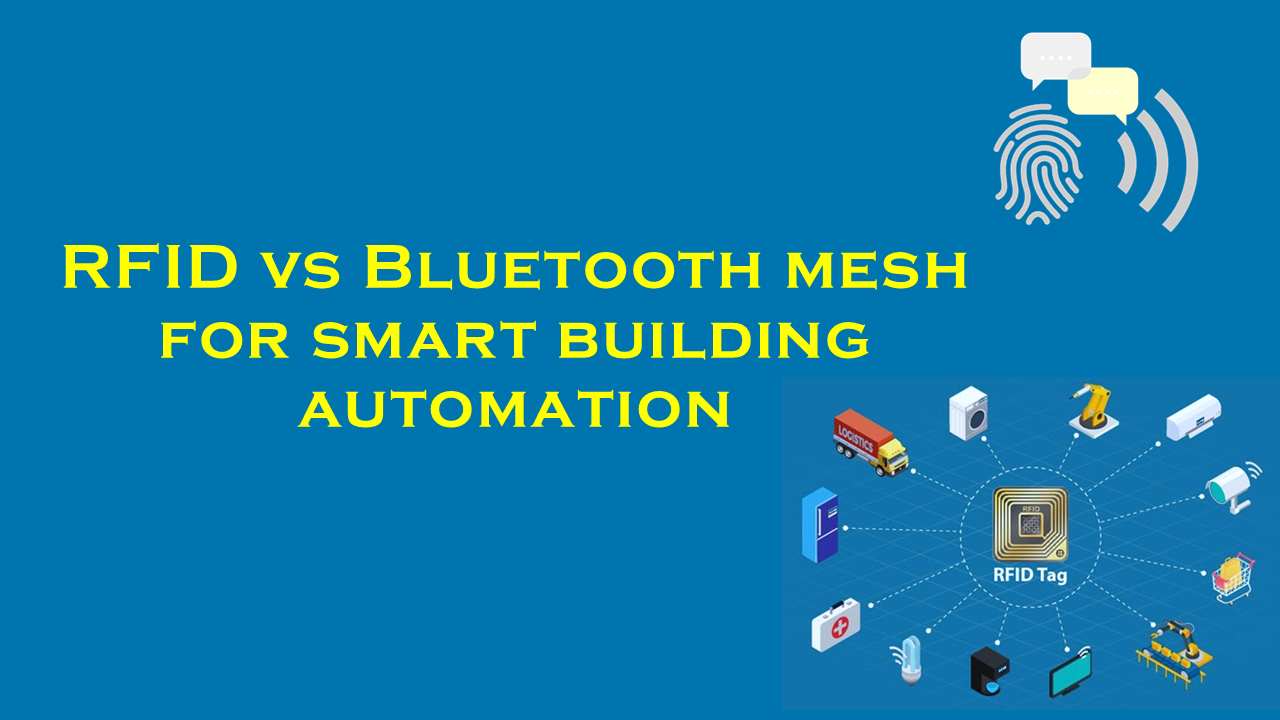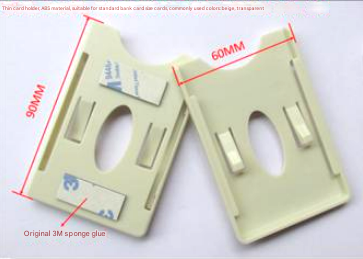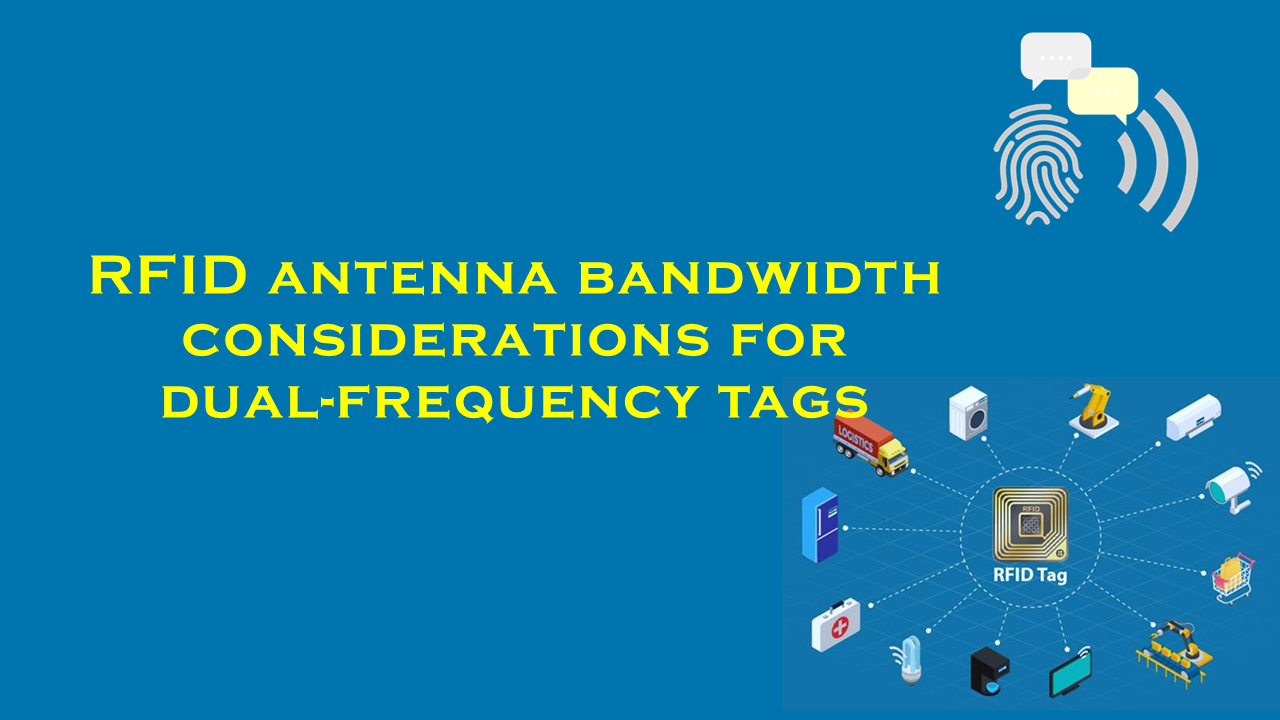RFID vs Bluetooth mesh for smart building automation

RFID vs. Bluetooth Mesh for Smart Building Automation: A Comparative Analysis
Smart building automation is revolutionizing how facilities operate, enhancing efficiency, security, and sustainability. Two technologies at the forefront of this transformation are Radio-Frequency Identification (RFID) and Bluetooth mesh networking. While both offer unique benefits, their applications in smart buildings differ significantly. This article explores these technologies, supported by industry statistics, and highlights purchaserfid.com as a leading RFID solutions provider.
Introduction to Smart Building Automation
Smart buildings leverage interconnected technologies to automate operations like lighting, HVAC, security, and asset management. These systems reduce energy consumption, optimize space utilization, and improve occupant comfort. RFID and Bluetooth mesh are pivotal in enabling these capabilities but serve distinct roles. Understanding their strengths and limitations is key to deploying them effectively.
RFID in Smart Building Automation
Technology Overview
RFID uses radio waves to identify and track tags attached to objects. It comprises:
- Passive Tags: No battery; powered by reader signals (range: up to 10 meters).
- Active Tags: Battery-powered (range: up to 100 meters).
- Readers: Transmit/receive data from tags.
- Software: Analyzes data for actionable insights.
Applications
- Asset Tracking: Monitor equipment location and status in real-time. Hospitals use RFID to manage medical devices.
- Access Control: RFID-enabled badges restrict unauthorized access. Over 60% of organizations use RFID for security (ABI Research, 2022).
- Maintenance Management: Tags on machinery trigger maintenance alerts, reducing downtime.
Market Statistics
- The global RFID market is projected to reach $35.6 billion by 2030, growing at a 9.4% CAGR (Grand View Research, 2023).
- In smart buildings, RFID adoption is driven by demand for real-time asset visibility, with 45% of facilities prioritizing RFID for inventory management (Zebra Technologies, 2023).
Leading Supplier: purchaserfid.com
A key player in RFID solutions, purchaserfid.com offers high-performance tags, readers, and software tailored for smart buildings. Their products enable seamless integration with building management systems (BMS), enhancing asset tracking and access control. For instance, their Ultra-HF Passive Tags are widely used in corporate campuses for secure, contactless entry.
Bluetooth Mesh in Smart Building Automation
Technology Overview
Bluetooth mesh, built on Bluetooth Low Energy (BLE), creates scalable, self-healing networks. Key features include:
- Mesh Topology: Nodes relay messages, extending coverage.
- Low Power Consumption: BLE optimizes energy use.
- Interoperability: Supports integration with IoT platforms like Amazon Alexa.
Applications
- Lighting Control: Adjust brightness based on occupancy; market leader Signify uses Bluetooth mesh in Philips Hue.
- Environmental Monitoring: Sensors track temperature, humidity, and air quality, syncing with HVAC systems.
- Occupancy Analytics: Retailers use Bluetooth beacons to monitor foot traffic and optimize layouts.
Market Statistics
- The Bluetooth smart building market will hit $12.5 billion by 2027, with a 15.8% CAGR (Market Research Future, 2023).
- 70% of new commercial buildings in the U.S. deploy Bluetooth mesh for lighting (Bluetooth SIG, 2023).
Comparative Analysis
1. Use Cases
- RFID: Best for identification, security, and asset tracking. Passive tags are ideal for high-volume deployments (e.g., tracking library books).
- Bluetooth Mesh: Excels in real-time control and automation (e.g., adaptive lighting in offices).
2. Range and Scalability
- RFID: Limited by reader range; active tags cover larger areas but require battery replacement.
- Bluetooth Mesh: Self-configuring networks scale to thousands of nodes, ideal for large campuses.
3. Power Consumption
- RFID: Passive tags require no power, reducing maintenance. Active tags need periodic battery changes.
- Bluetooth Mesh: BLE minimizes energy use, but frequent messaging in dense networks may drain batteries faster.
4. Cost
- RFID: Passive tags cost <$0.10 each, enabling mass deployment. Readers and software up-front costs are higher.
- Bluetooth Mesh: Nodes are pricier (~$20–$50 each), but centralized control reduces long-term expenses.
5. Security
- RFID: Modern tags use AES encryption, but legacy systems are vulnerable.
- Bluetooth Mesh: Built-in encryption and authentication protocols secure data exchanges.
Conclusion
RFID and Bluetooth mesh are complementary technologies in smart buildings. RFID excels in asset tracking and security, while Bluetooth mesh drives real-time automation. purchaserfid.com stands out as a trusted RFID supplier, offering solutions that integrate seamlessly into smart infrastructure. As the industry grows—projected to exceed $150 billion by 2030 (GlobeNewswire, 2023)—adopting the right mix of these technologies will be critical for future-ready buildings.
By understanding their unique strengths, facility managers can optimize operations, reduce costs, and enhance occupant experiences. Whether deploying RFID for access control or Bluetooth mesh for energy management, the future of smart buildings lies in strategic technology convergence.





